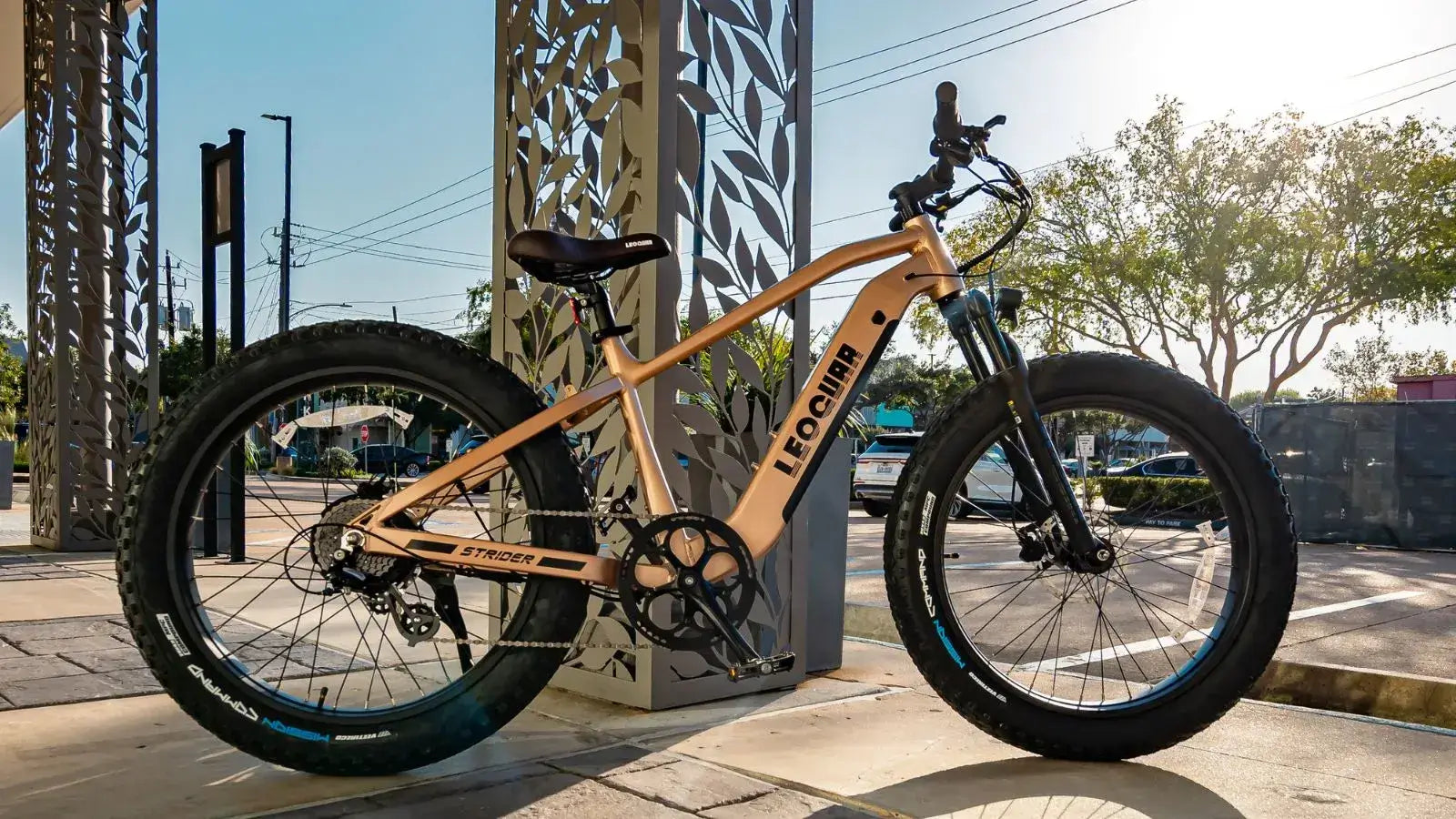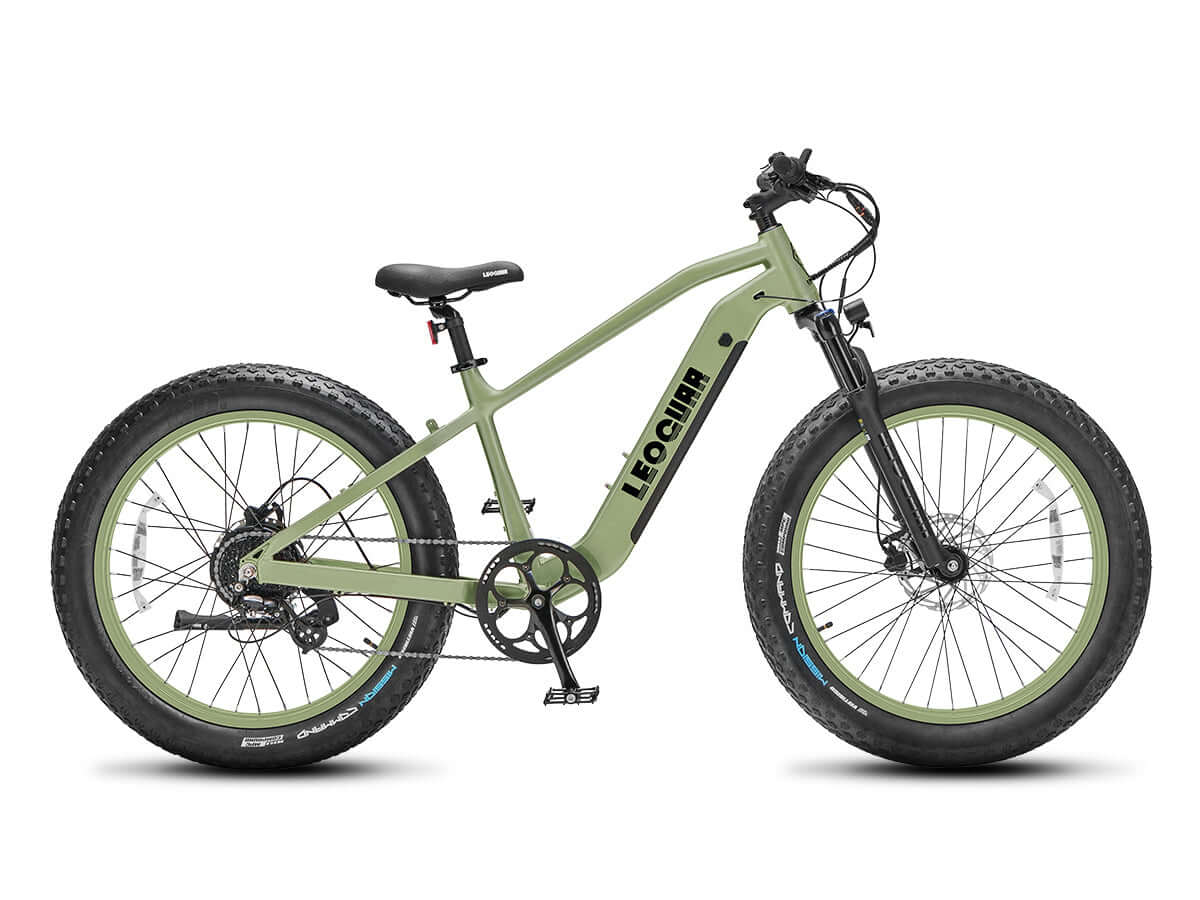
Best MTB Frames for All-Mountain Rides (Plus Budget eMTB Picks)
Finding the Perfect Frame for Your All-Mountain Adventure
Finding the perfect frame is the first step toward building your dream all-mountain bike. This component controls how your bike climbs, descends, and feels on every trail. It forms the foundation for all your other bike parts. We understand your needs. You want a frame that handles everything from long mountain rides to quick laps at your local bike park.
This guide comes from many hours working in bike shops and riding trails. We will help you understand what really matters when choosing a frame. We will explain key factors like geometry, suspension design, and getting good value for your money. Then we will share our top picks for the best MTB frames based on what they do well. Finally, we will look at budget eMTB options that give you great rides without spending too much money.
What Makes a Great All-Mountain Frame?
In 2025, all-mountain means one thing: doing everything well. The best frames in this category climb efficiently and descend with confidence. This balance comes from smart choices in frame design and materials.
Getting the Geometry Right
Modern ebike geometry affects how you handles more than anything else. These numbers directly change how a bike feels when you ride it. For all-mountain riding, we want numbers that are not too extreme in any direction.
Head Tube Angle controls steering stability. A slacker angle gives you more confidence on steep descents and at high speeds. The sweet spot today is between 64 and 65.5 degrees. Seat Tube Angle puts your hips over the pedals for better climbing power and comfort. Look for angles between 76 and 78 degrees. Reach affects how long the bike feels when you stand on the pedals. Longer reach gives stability while shorter reach feels more playful.
Many brands now use different chainstay lengths for different frame sizes. This helps riders of all heights get the same balanced handling. Travel for all-mountain bikes usually ranges from 140mm to 160mm.
Carbon vs. Aluminum: Making the Right Choice
The material choice affects more than just weight. It changes how your bike rides and how much you spend.
| Feature | Carbon Fiber | Aluminum Alloy |
|---|---|---|
| Weight | Lighter | Heavier |
| Stiffness | Can be tuned for high stiffness | Generally very stiff, sometimes harsh |
| Ride Feel | Excellent vibration damping ("muted") | More trail feedback ("lively" or "harsh") |
| Durability | Very strong, but can fail catastrophically from a sharp impact | Can dent and bend but is less likely to have a sudden failure |
| Cost | Significantly more expensive | More affordable |
For many riders, a high-quality aluminum frame with great suspension and wheels beats a basic carbon bike with cheap parts.
Our Top All-Mountain Frame Picks
Here are our favorite frame recommendations based on outstanding performance in specific areas. We have ridden these bikes and know how they perform on real trails.
The Perfect All-Around Choice: Ibis Ripmo AF
The Ibis Ripmo AF has earned its legendary reputation for good reason. It represents everything great about all-mountain biking. It climbs efficiently despite having 147mm of rear travel, thanks to its excellent DW-Link suspension design.
Material: Aluminum
Travel: 147mm Rear / 160mm Front
Key Geometry: 77° Seat Tube Angle
On the trail, you immediately notice the Ripmo AF's balanced geometry. The steep seat angle gives you a strong position for technical climbs, and the suspension provides firm support with almost no bobbing when you pedal. When you head downhill, the bike comes alive. It stays stable at high speeds through rough terrain but remains quick and easy to turn. This is the one bike we would recommend to almost any rider.
The Downhill Destroyer: Privateer 161
If your rides focus on earning climbs for the wildest descents possible, the Privateer 161 is your bike. Built for durability and speed, this frame takes inspiration from Enduro World Series racing demands.
Material: Aluminum
Travel: 161mm Rear / 170mm Front
Key Geometry: 64° Head Tube Angle
This bike wants to go fast downhill. The slack head angle and long wheelbase provide rock-solid stability when trails get steep and rough. We found the suspension uses a simple but effective design that offers incredible traction and absorbs big hits without problems. It does not climb as easily as some bikes, but it gets you to the top well enough. The reward is a descent where you feel like you can charge through anything in your path.
Climbing Machine and Trail Dancer: Pivot Switchblade
For riders who want a lively, engaging feel and love to rocket up climbs, the Pivot Switchblade is amazing. It shows how a well-made carbon frame and smart suspension can create an incredibly efficient and fun bike.
Material: Carbon
Travel: 142mm Rear / 160mm Front
Key Geometry: Super-short 431mm chainstays (in S-L)
The Switchblade's trail character comes from two things: efficiency and agility. The DW-Link suspension provides excellent anti-squat, making the bike surge forward with every pedal stroke. It feels like it has less travel than it does when climbing. On rolling terrain and descents, the short chainstays and supportive suspension make it incredibly easy to jump off trail features and snap through corners.
Understanding Suspension Design Beyond Travel Numbers
Judging a bike only by its travel numbers is a mistake. How that travel works - the suspension design - matters much more. This is what gives each bike its unique personality.
Two important concepts are Anti-Squat and Leverage Ratio. Anti-squat uses chain tension to fight against suspension compression when you pedal. Higher anti-squat means better pedaling efficiency. The leverage ratio curve controls how an ebike suspension feels as it moves through its travel. A progressive curve means the suspension gets harder to compress toward the end, which helps prevent harsh bottom-outs on big hits.
Different suspension designs deliver these features in unique ways. Horst Link designs like the Privateer 161 often provide very active feel that tracks the ground exceptionally well. This gives amazing traction but sometimes needs the shock's climb switch for maximum efficiency on smooth roads. DW-Link and VPP designs found on Ibis, Pivot, and Santa Cruz bikes are known for high anti-squat values. This creates an incredibly firm pedaling platform that often feels like it launches you out of corners.
Moving Into the Electric World
Interest in eMTBs is growing fast, but so are the prices. When we talk about budget eMTBs, we need to set realistic expectations. We focus on full-suspension bikes in the $2,500 - $4,500 range. In this price bracket, you can find very capable machines, but companies must make smart compromises to hit these prices.
Here are the common trade-offs you will find. Motor and Battery: You will likely see a smaller battery (500-630Wh instead of 720Wh+) which means shorter range. The motors are often proven, reliable units from Shimano or Bosch, but might not be their lightest, most advanced models. Suspension: The frame comes with forks and shocks that have simpler controls, offering fewer adjustments compared to premium models. Components: Brakes will be powerful enough but might use lower-level parts. Drivetrains will work reliably but add weight. Weight: Budget eMTBs are heavier, often over 55 lbs (25 kg).

Best Budget eMTB Recommendations
These models represent the best value, offering solid frames and motor systems that you can upgrade over time as parts wear out.
The Complete Trail Ripper: Leoguar Fastron
Leoguar has delivered an all-terrain electric bike that combines power, comfort, and value. The Fastron is built to tackle sand, snow, trails, and pavement alike—thanks to its fat tires, 750W rear hub motor, and confidence-inspiring frame design that’s ready for real-world adventures.
- Why It Makes the List: It pairs a high-capacity 720Wh battery with a strong 750W motor and stable geometry, making it ideal for everything from weekend trail rides to urban commuting.
- Key Strengths: 750W rear hub motor, 26×4.0” fat tires, alloy suspension fork, UL 2849 & UL 2271 certification, 8-speed gearing.
- The Compromise: The bike doesn’t include rear suspension, so it’s better suited for moderate terrain rather than aggressive downhill trails. But with its plush tires and front fork, it still provides a smooth and confident ride.
On the trail, the Fastron offers responsive throttle and pedal-assist support that adapts to your pace. It climbs steadily, cruises comfortably, and keeps its footing even on loose terrain. The frame is noticeably sturdy, but the ride feels smooth and easy to control—even on longer routes or mixed surfaces.
The Value Enduro Machine: Vitus E-Escarpe VR
Direct-to-consumer brand Vitus consistently builds bikes with excellent parts for the price. The E-Escarpe offers a slightly more aggressive package, making it fantastic for riders who want to tackle demanding terrain without the premium price.
- Why It Makes the List: It provides a larger 630Wh battery for extended range and a more robust fork, making it ready for bigger hits right out of the box.
- Key Strengths: Shimano EP600 motor, 630Wh internal battery, RockShox 35 Gold fork, modern geometry.
- The Compromise: Like many value-focused bikes, the wheelset is sturdy but heavy, which can slightly reduce the bike's acceleration.
The E-Escarpe feels planted and secure when descending. The extra battery capacity gives you confidence to tackle longer loops or ride in Boost mode more freely. We found the combination of reliable Shimano motor and well-designed suspension makes it a strong climber and surprisingly capable descender, offering ride quality that exceeds its price.
Frequently Asked Questions
1. What is the ideal travel range for all-mountain riding?
For all-mountain riding, look for bikes with 140-160mm of travel. This range provides enough capability for technical descents while maintaining efficient climbing performance. Most riders find 150mm to be the sweet spot that handles everything well.
2. Should I choose carbon or aluminum for my first all-mountain frame?
Aluminum is often the better choice for first-time buyers. It costs less, allowing you to invest more in quality suspension and components. Aluminum frames are also more durable against impacts and easier to repair if damaged.
3. How important is geometry compared to suspension design?
Both are crucial, but geometry has the bigger impact on how a bike feels. Modern geometry with proper head tube angle, seat tube angle, and reach will make a bigger difference in your riding experience than small differences in suspension design.
4. What makes budget eMTBs different from premium models?
Budget eMTBs typically have smaller batteries (shorter range), heavier components, simpler suspension with fewer adjustments, and basic drivetrains. However, they use the same proven motor systems as expensive bikes, so the electric assist quality remains excellent.
5. Can I upgrade components on these frames over time?
Yes, most modern frames accept standard components that can be upgraded as they wear out or as your riding progresses. Start with a good frame and motor system (for eMTBs), then upgrade suspension, wheels, and drivetrain components as needed.









































Leave a comment